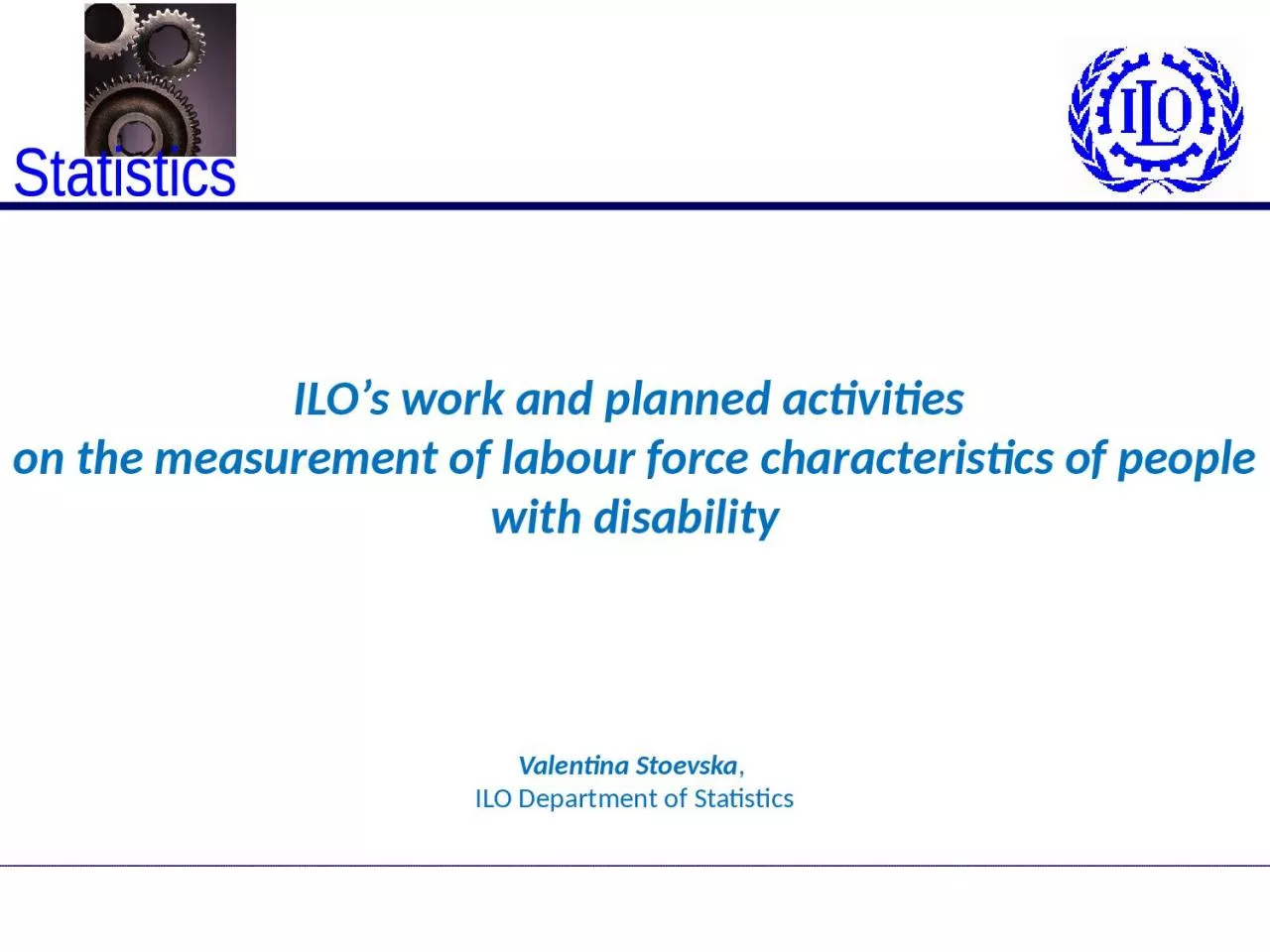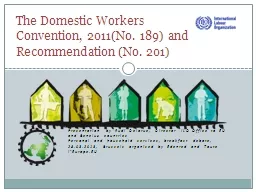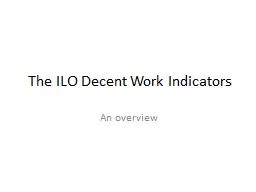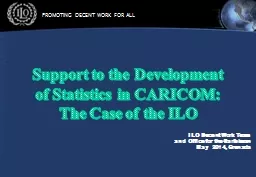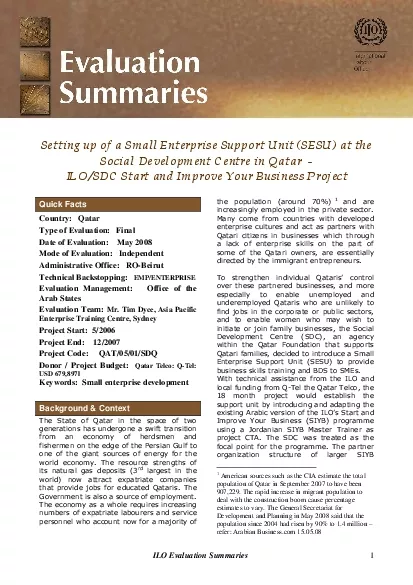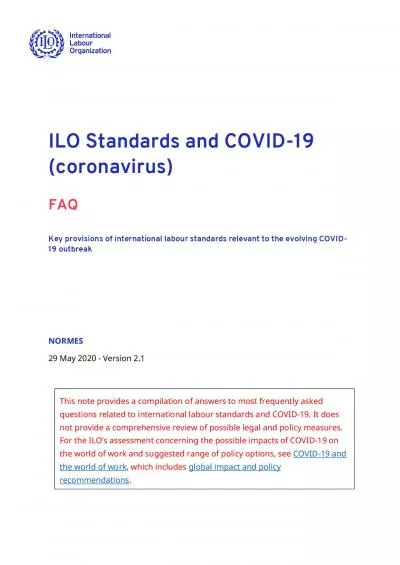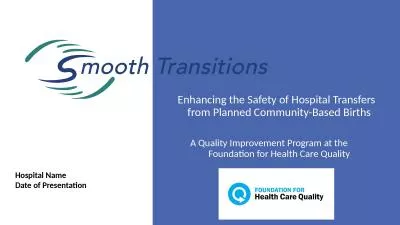PPT-ILO’s work and planned activities
Author : desha | Published Date : 2023-11-20
on the measurement of labour force characteristics of people with disability Valentina Stoevska ILO Department of Statistics Background Current national practices
Presentation Embed Code
Download Presentation
Download Presentation The PPT/PDF document "ILO’s work and planned activities" is the property of its rightful owner. Permission is granted to download and print the materials on this website for personal, non-commercial use only, and to display it on your personal computer provided you do not modify the materials and that you retain all copyright notices contained in the materials. By downloading content from our website, you accept the terms of this agreement.
ILO’s work and planned activities: Transcript
Download Rules Of Document
"ILO’s work and planned activities"The content belongs to its owner. You may download and print it for personal use, without modification, and keep all copyright notices. By downloading, you agree to these terms.
Related Documents

